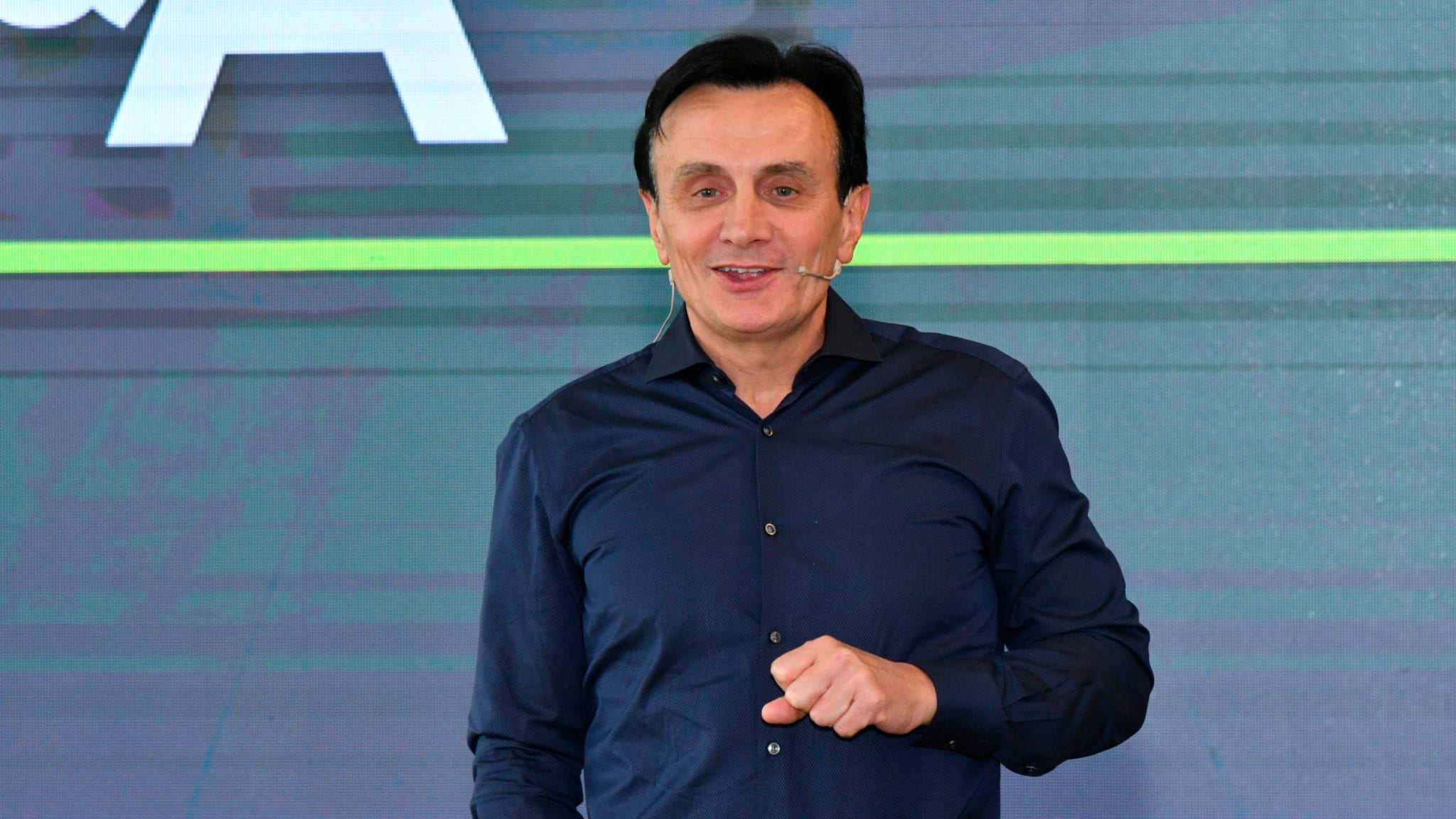
AstraZeneca chief Pascal Soriot heralds the start of a 'period of sustained growth for years to come'
AstraZeneca CEO Pascal Soriot declared victory today in the long-running fight to turn around the struggling pharma giant, gaining a significant spurt in Q3 sales …
Sign up to read this article for free.
Get free access to a limited number of articles, plus choose newsletters to get straight to your inbox.